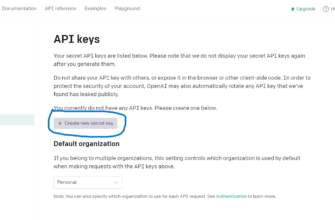GPT-4, the latest iteration in OpenAI’s series of powerful language models, builds upon the success of its predecessors by offering enhanced natural language understanding and generation capabilities. Although the exact number of parameters in GPT-4 is not publicly disclosed, exploring the role of parameters in AI models can provide insights into how GPT-4 achieves its exceptional performance.
Introduction: GPT-4, the New AI Frontier
As the successor to GPT-3, GPT-4 continues OpenAI’s tradition of developing advanced language models that excel in natural language understanding and generation. While the exact number of parameters in GPT-4 is not publicly disclosed, we can still delve into the intricacies of how its parameters contribute to its exceptional language processing capabilities.
Parameters Explained: The Building Blocks of AI Models
Parameters are the fundamental building blocks of any neural network. They represent the weights and biases that help determine the output of each neuron in the network. As the model learns from the data during the training process, these parameters are optimized to minimize errors and improve accuracy.
GPT-3: A Glimpse into the Predecessor’s Parameters
GPT-3, the immediate predecessor of GPT-4, boasted a staggering 175 billion parameters. This immense parameter count enabled GPT-3 to achieve state-of-the-art performance in multiple natural language processing tasks. While GPT-4’s parameter count remains undisclosed, it’s safe to assume that it surpasses GPT-3, further enhancing its language processing abilities.
The Impact of Increased Parameters: Advantages and Challenges
Increased parameters in a language model can lead to several advantages, such as enhanced language understanding, improved context comprehension, and better performance on complex tasks. However, there are challenges associated with managing more parameters, including increased computational requirements, longer training times, and the risk of overfitting.
Balancing Act: Finding the Optimal Number of Parameters
In AI development, striking the right balance between the number of parameters and the model’s performance is crucial. Researchers must consider factors such as available computational resources, training time, and data quality when determining the optimal parameter count for a model like GPT-4.
Conclusion: The Undisclosed Parameter Count of GPT-4
While the exact number of parameters in GPT-4 remains a closely guarded secret, the model’s advanced capabilities and performance improvements over GPT-3 suggest that its parameter count likely surpasses that of its predecessor. As AI models continue to evolve, understanding the intricacies of parameters and their impact on language processing will remain a key area of focus for researchers and developers.









